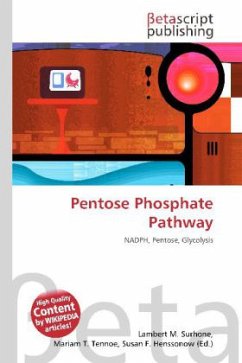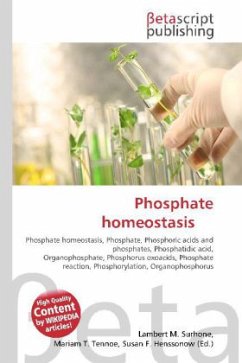Please note that the content of this book primarily consists of articles available from Wikipedia or other free sources online. The pentose phosphate pathway (also called the phosphogluconate pathway and the hexose monophosphate shunt) is a process that generates NADPH and pentoses (5-carbon sugars). There are two distinct phases in the pathway. The first is the oxidative phase, in which NADPH is generated, and the second is the non-oxidative synthesis of 5-carbon sugars. This pathway is an alternative to glycolysis. While it does involve oxidation of glucose, its primary role is anabolic rather than catabolic. For most organisms, it takes place in the cytosol; in plants, most steps take place in plastids.
Bitte wählen Sie Ihr Anliegen aus.
Rechnungen
Retourenschein anfordern
Bestellstatus
Storno








